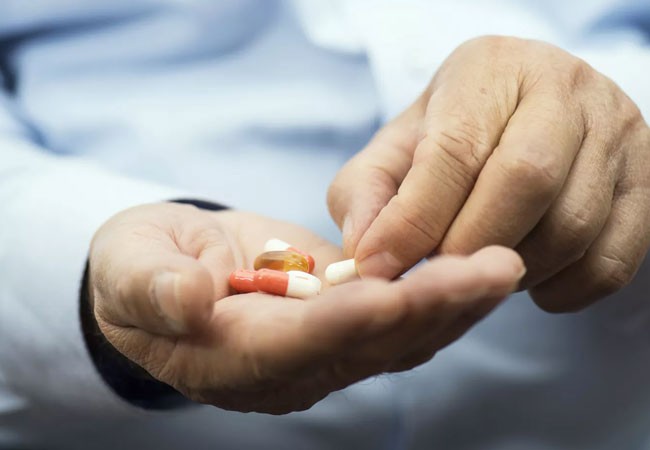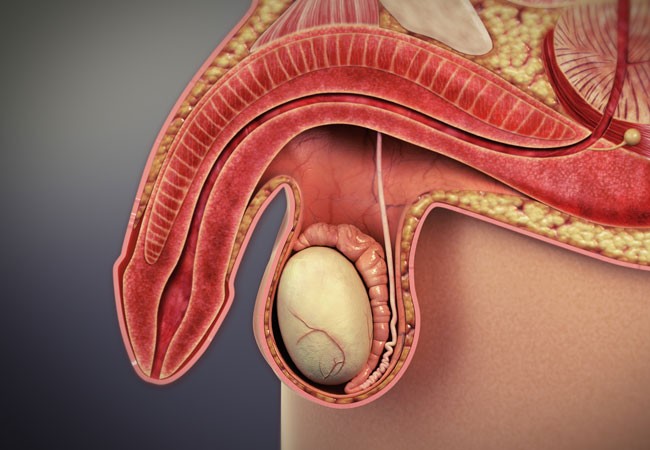Medical Management of ED
Erectile Dysfunction (ED):
Treatment and
Management


Erectile dysfunction (ED) or impotence mainly affects men who are older than 40 years of age, and is mostly defined as the inability to obtain or maintain a penile erection sufficient enough for sexual intercourse. ED is a multifaceted condition that may involve any one or more of several different organic causes.
This may be accompanied by a lack of desire for sexual intercourse or ejaculatory problems, either ejaculating too early or too late, with decreased pleasure derived from the ejaculation. The prevalence associated with ED increases with advancing age. It is 1-10% in men who are younger than 40 years of age, 2-9% in men aged between 40 and 49, and increases to 20-40% in men aged between 60 and 69 years. The prevalence of ED is 50-100% in men older than 70 years of age.
The sexual history should also be determined, taking into consideration the patient’s age, sexual orientation, marital status and previous sexual experiences. The diagnosis should be confirmed with a physical examination to assess the genitourinary anatomy, as well as the endocrine, vascular and neurological systems. The physical assessment might also include a more comprehensive cardiovascular examination to measure heart rate, blood pressure and abdominal circumference. A laboratory assessment is recommended, but is not always necessary, and may include the following diagnostic tests, based on the patient’s medical history, as well as the physician’s assessment:
• Fasting glucose • Lipid profile • Hormone levels, e.g. testosterone, thyroid function, prolactin and LH.
Normal testosterone levels are positively linked to normal sexual drive and desire, i.e. libido. Therefore, ED may develop as a secondary consequence of hypogonadism, which causes decreased testosterone levels. Organic ED results from abnormalities in the vascular, hormonal or nervous system. On the other hand, a lack of psychological receptiveness to sexual stimulation will be classified as psychogenic ED. On average, only one in five men with ED suffers from the latter form. The vast majority of patients have organic causes. When considering a suitable treatment approach, a distinction must be made between organic and psychogenic ED, since the latter requires psychosexual therapy, whereas the organic causes are varied, but would need targeted therapeutic approaches that may combine non-pharmacological and pharmacological treatment options. Non-pharmacological options include surgery in selected cases (for example, a penile revascularization procedure could benefit a younger patient who suffers from a trauma-related vascular injury to the penile arterial blood supply), or the use of a vacuum erection device, also referred to as a vacuum constrictive device. Surgical implantation of penile prosthetic devices may also be an option, especially in men for whom pharmacotherapy has failed. Penile prostheses are regarded as third-line treatment options for ED. These prostheses may be either semi-rigid or inflatable. Lifestyle modification may also be of benefit to patients who have risk factors that include cigarette smoking, the consumption of alcohol, obesity and a sedentary lifestyle. The oral phosphodiesterase 5 (PDE5) inhibitors constitute the current first line pharmacotherapeutic agents, followed by intracavernosal injections and transurethral therapy as second-line options. Testosterone-replacement therapy should only be used in cases when deficient levels of the hormone have been confirmed.
PDE5 inhibitors are available on the market, namely sildenafil, vardenafil and tadalafil. These drugs act by inhibiting the PDE5 isoenzyme that is responsible for the inactivation of cGMP in the cavernous smooth muscle of the penis. This effectively maintains smooth muscle relaxation, with a resultant penile erection. Note, however, that these drugs cannot bring about an erection, but rather require the presence of sexual stimulation. The choice of PDE5 inhibitor is dependent upon the patient’s needs and experience with the agent in question. These agents are contraindicated in patients who need to use organic nitrates. Furthermore, the PDE5 inhibitors should be used with caution in patients who suffer from any of the more serious cardiovascular disease conditions, such as unstable angina and uncontrolled hypertension. The most frequently reported side effects are headaches and facial flushing.
Intracavernosal injections- The option of directly injecting a vasodilator into the corpus cavernosum is considered to be a second-line treatment for ED (Alprostadil, or prostaglandin E1). These injections facilitate penile erection, even in the absence of sexual arousal, and may also prove to be of obvious benefit to men with spinal cord injuries, or those who have had to undergo radical prostatectomies. The two most commonly encountered adverse effects associated with intracavernosal injections are priapism and penile fibrosis. Both of these adverse effects may be avoided through the use of proper patient counselling, and by closely monitoring the patient’s progress and response to treatment.
Sexology
-

Who Gets Erectile Dysfunction
When your penis fills with blood it gets an erection and stretches in shape and in size.
-

ED Symptoms and Causes
While Erectile Dysfunction becomes more common as men age, growing old is not the only cause of this problem.
-

ED Diagnosis and Treatment
Erectile Dysfunction can happen at any age. Proper diagnosis and the right treatment could improve your overall well-being.
-

Surgical Management of ED
Penile implant procedures are an effective remedy for males with erectile dysfunction who are not responding to medical management. This procedure has got a good patient as well as partner satisfaction
-

Consult Sexologist
Sexual health is a broad area that encompasses many inter-related challenges and problems.

Our doctors
-
Meet our Sexology Experts
We are the most reputed diabetes hospital in Kerala with famous diabetes specialists who are dedicated to providing high quality medical care.

Dr. Tom Babu
Medical Director, Consultant Diabetologist & Endocrinologist, Diabetes & Endocrinology.
Know More..


 Home
Home  Booking
Booking
 Chat Now
Chat Now  Call Us
Call Us